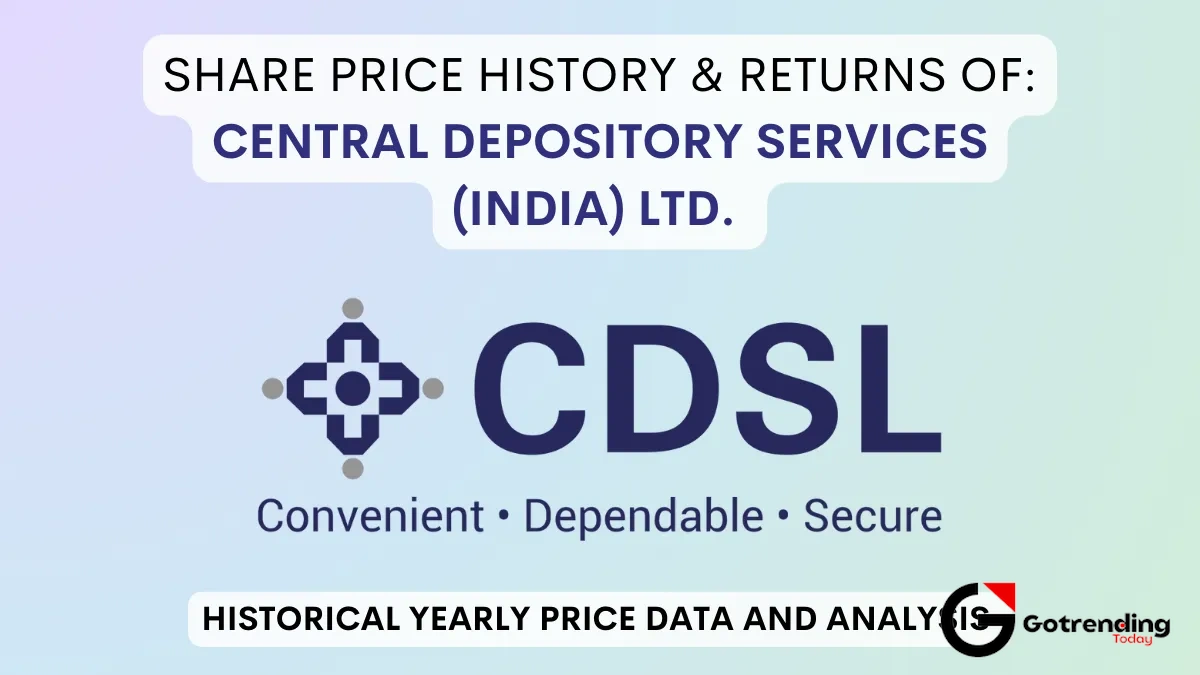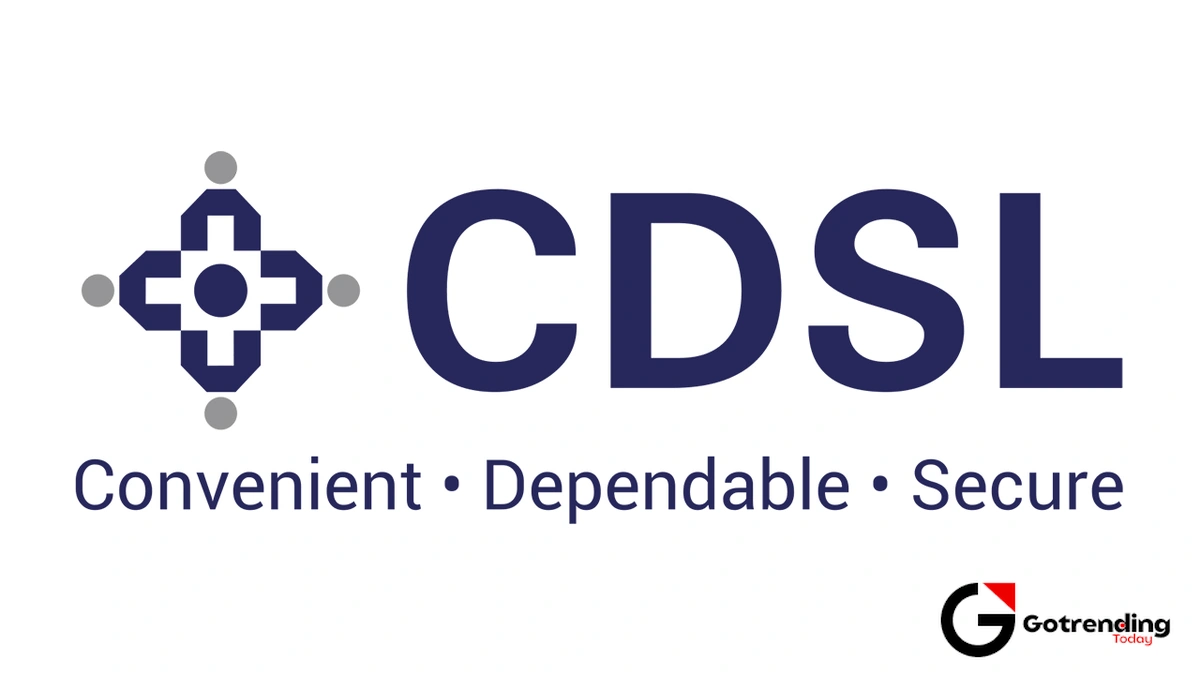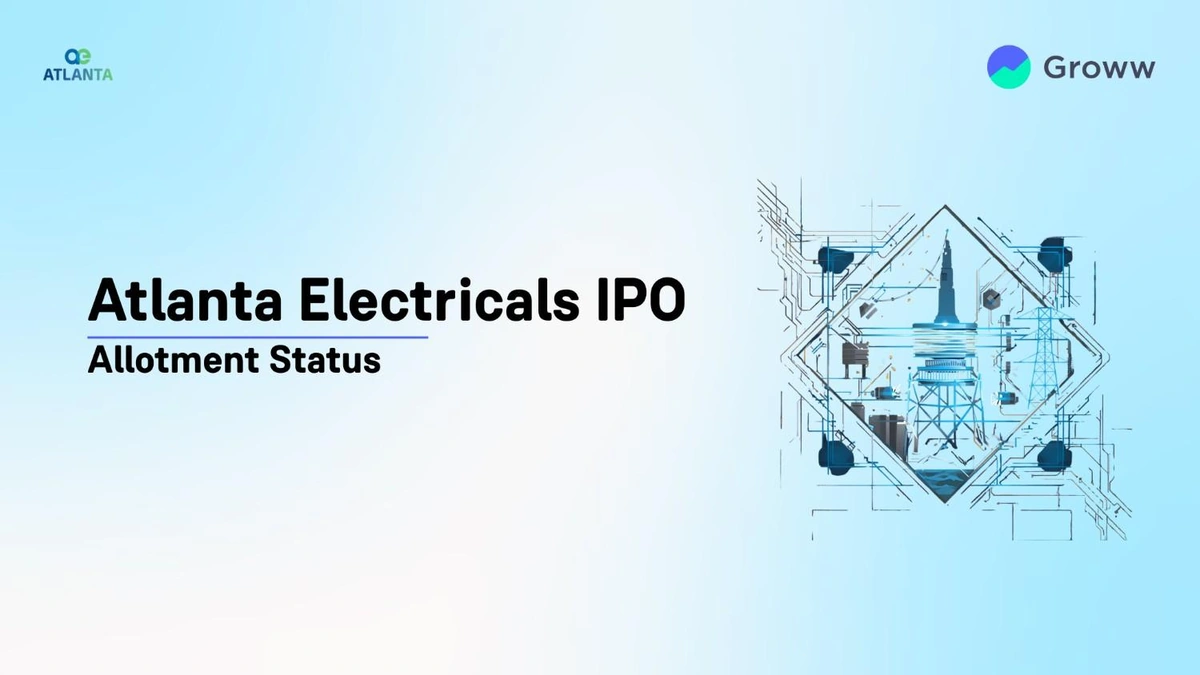The CDSL Share Price | More Than Just a Number, It’s the Market’s Pulse
I remember opening my first Demat account. It was a dizzying experience, filled with acronyms and checkboxes. I was focused on the stocks I wanted to buy, the hot tips, the grand dream of multi-baggers. Buried in the fine print was a three-letter acronym I barely noticed: CDSL. To me, it was just part of the plumbing, the invisible wiring that made the magic happen. Little did I know, I was looking at one of the most fascinating businesses on the Indian stock exchange.
Years later, watching the CDSL share price has become a strange obsession for me. It’s not about the daily ticks up or down. Not really. It’s about what those movements represent. It’s a proxy for the entire retail investing story in India. When that stock is buzzing, it means millions of people like my younger self are jumping into the market, chasing dreams, and participating in the country’s growth story. It’s the silent partner in every trade we make.
But let’s not get ahead of ourselves. The price chart can be a chaotic mess if you don’t understand the engine humming underneath. And that engine is a thing of simple beauty.
So, What Exactly Is This Company We’re All Watching?

Think about it this way. When you buy a physical share certificate (which almost no one does anymore, thank goodness), you have a piece of paper. It’s yours. But in the digital age, your shares are just… data. So, who holds that data and guarantees it’s yours? That’s where a depository comes in.
CDSL , or Central Depository Services (India) Ltd, is one of India’s two major depositories. The other is NSDL . They are the official keepers of our stocks, bonds, and mutual funds in digital, or ‘dematerialized’, form. Every time you buy or sell a share, CDSL is there, ensuring the ownership record is updated flawlessly. A digital ledger. Simple.
Actually, it’s not quite that simple. Their business model is genius. They make a tiny fee on transactions. A sliver. They also charge an annual fee to the companies whose shares they hold. It’s a volume game. The more Demat account holders there are, and the more they trade, the more these tiny fees add up. It’s like owning the digital highway of the stock market and collecting a microscopic toll from every single vehicle. During the post-COVID boom, when everyone and their uncle was opening a Demat account, CDSL’s “traffic” went through the roof. And the CDSL share price reflected that beautiful, explosive growth.
The IPO Frenzy and the CDSL Share Price Connection

Here’s where it gets even more interesting, especially for those of us who track things like IPO GMP (Grey Market Premium). When the market is hot, companies line up to go public. We see a flood of Initial Public Offerings, and everyone wants a piece of the action. You’re probably one of them (and let’s be real, a lot of us are).
What happens when a big IPO hits? Millions of new Demat accounts are opened just for that single event. Existing investors apply in droves. This surge in activity directly benefits CDSL. Every application, every allotment, every credit of shares into a new account is a chargeable event. The hype around the IPO GMP today is a direct signal of market sentiment, and that sentiment translates into activity that fuels CDSL’s bottom line.
It creates a feedback loop. A hot market fuels IPOs, which fuels Demat account openings, which fuels CDSL’s revenue, which makes its stock look attractive, which… you get the picture. It’s an incredibly direct way to play the financialization of the Indian economy. You’re not betting on one company or one sector; you’re betting on the entire ecosystem’s expansion. It takes a certain kind of discipline to see this, the same kind of focus needed for something like a UPSC preparation guide , but the insight is powerful.
Is CDSL a Proxy for India’s Financial Future?

I genuinely believe so. For years, financial inclusion was a buzzword thrown around in government reports. Now, we’re seeing it happen in real-time through the stock market. According to SEBI’s own data , the number of Demat accounts has exploded, crossing 13.5 crore. That is a staggering number. Each one of those accounts represents a person, a family, putting their savings to work in the capital markets.
And CDSL has the lion’s share of the incremental accounts, especially from retail investors . This makes its stock less about quarterly earnings and more about a long-term demographic and economic trend. As long as more Indians are entering the middle class, getting access to the internet, and looking for ways to build wealth beyond traditional assets like gold and real estate, CDSL stands to benefit.
But and this is a big but it’s not a one-way street. A prolonged bear market or a slowdown in IPOs will absolutely impact its revenue and, consequently, the CDSL share price . It’s a cyclical element tied to a secular growth story. It’s crucial to separate the signal from the noise. The noise is the daily volatility; the signal is the steady upward march of Demat accounts over the past decade. Sometimes the market gets distracted by noise, like news about someone like Ahaan Panday , when the real story is the underlying structural shift.
I keep coming back to this point because it’s crucial: Investing in a company like CDSL is a bet on the system itself. It’s a belief that the Indian retail investment story is still in its early innings.
Frequently Asked Questions About CDSL
Why does the CDSL share price go up when there are big IPOs?
It’s all about activity. A big, hyped-up IPO creates a massive surge in market participation. People open new Demat accounts specifically to apply. Existing investors all log in and apply. When shares are allotted, they have to be credited to millions of accounts. CDSL, as the depository, facilitates all this and earns a fee for these services. So, a hot IPO market directly translates into higher transaction volumes and potential revenue for CDSL, which investors often price into the stock ahead of time.
Is CDSL a monopoly? What’s the risk?
This is a common misconception. CDSL is not a monopoly; it’s a duopoly. It shares the market with NSDL (National Securities Depository Limited). While they are the only two players, which is a huge advantage (a “moat,” as investors say), the risk is regulatory. SEBI governs the fee structures and rules of operation. Any adverse regulatory change could directly impact their profitability. So, while competition is low, regulatory oversight is the key risk to watch.
How does CDSL actually make money?
It’s not just from trading. Their main income comes from a few streams. First, the annual issuer charges, where they charge companies a fee to keep their shares in the depository. Second, transaction charges, which are the small fees collected every time securities move in or out of an account. They also earn from other services like account maintenance charges collected via the Depository Participants (your broker) and e-voting services. It’s a diversified, volume-based revenue model.
I see the CDSL share price is volatile. Should I be worried?
The stock can be volatile because its performance is tied to the sentiment of the broader market. When the market is booming and trading volumes are high, the stock does well. In a bear market, when trading dries up, its revenue can be impacted, and the stock price can fall. It’s important to see it as a cyclical stock riding a long-term secular growth trend. The volatility is part of the package, reflecting the ups and downs of the market it serves.
In the end, tracking the CDSL share price is a lesson in looking past the obvious. It teaches you to appreciate the infrastructure, the hidden machinery that makes everything else possible. It’s not as glamorous as a high-flying tech stock, but its story is, in many ways, the story of modern Indian finance. And that’s something worth paying attention to.













